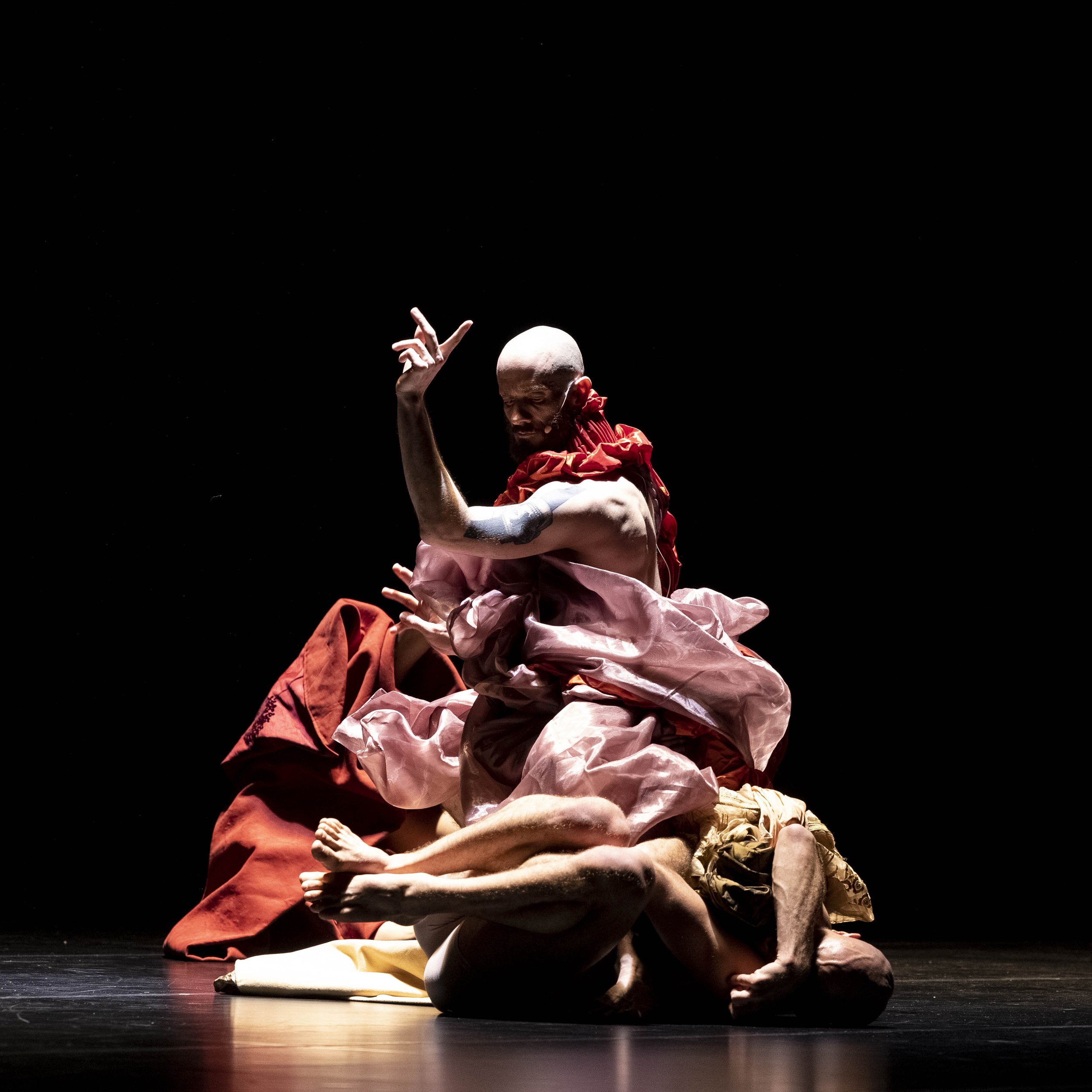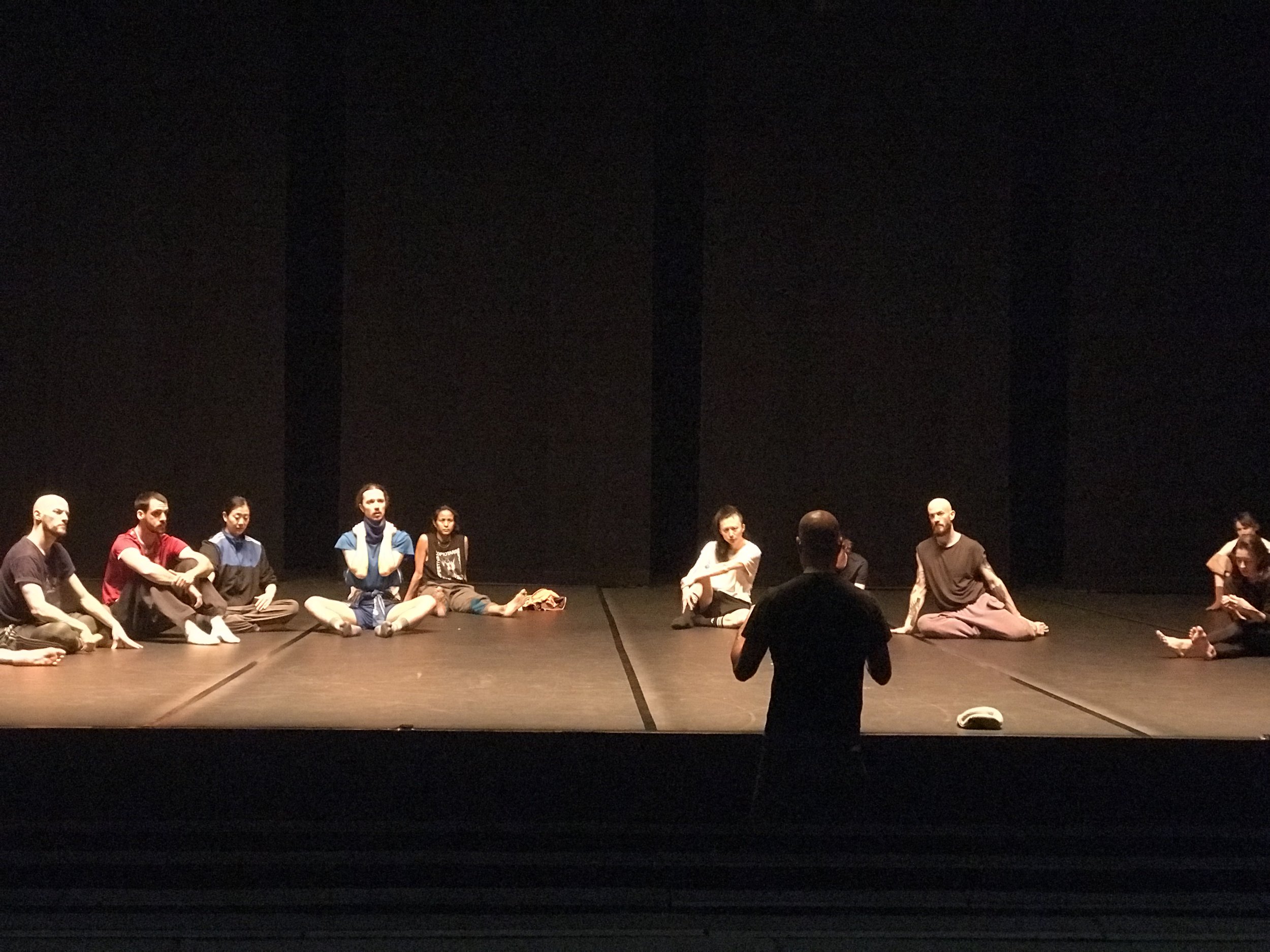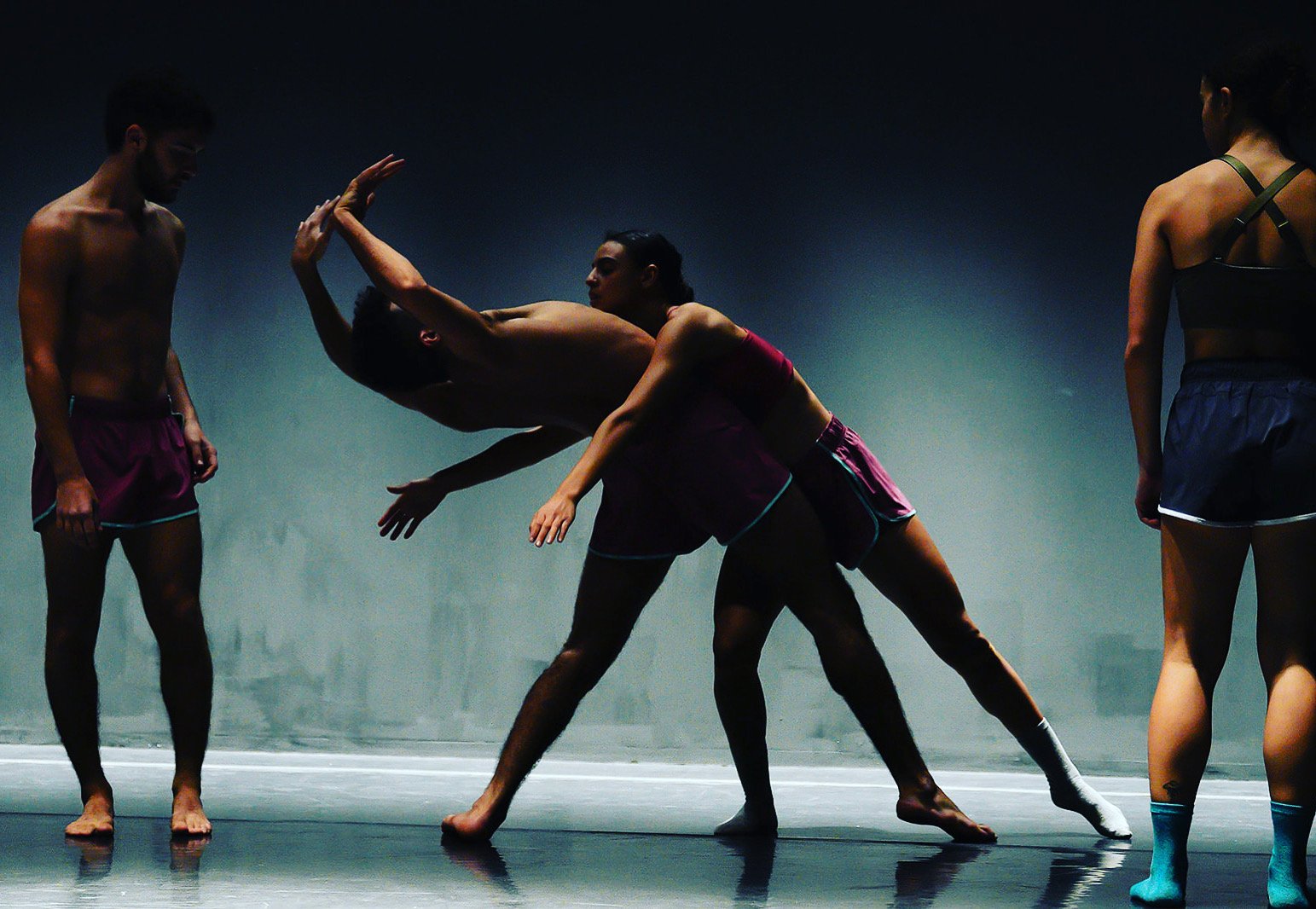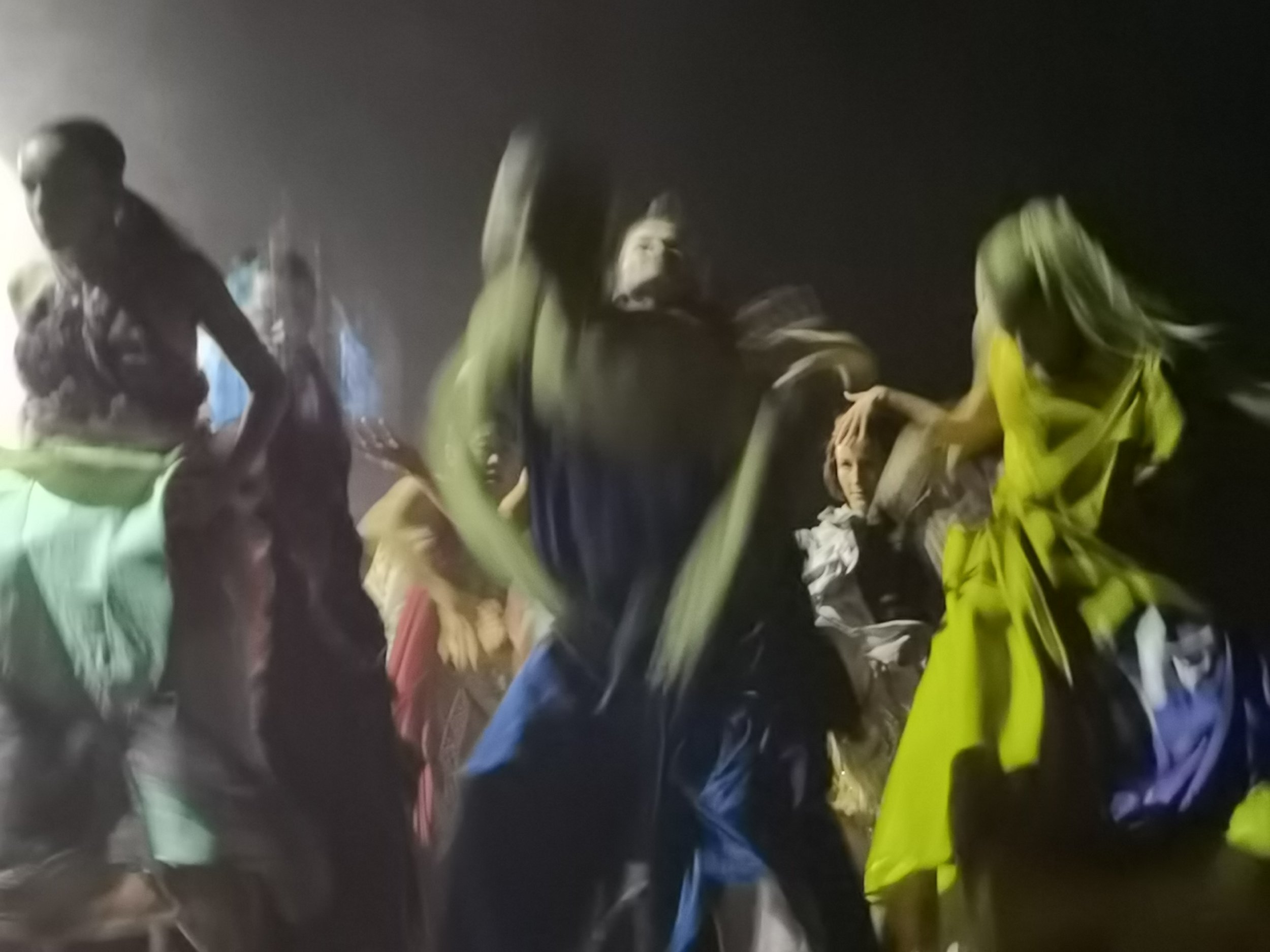The absolute majority of people who come in contact with a choreographic work (And that includes most professionals of the field), are like people hearing a novel being read to them out loud in a foreign language they do not speak. Lack of readership into the choreographic medium, is a given. The pressure this puts on makers to make the work readable at any cost, is immense. Resulting most of the time with work that departs completely from the full potential of the art form.
Eventually, good work, finds its readers.
Resist.



















